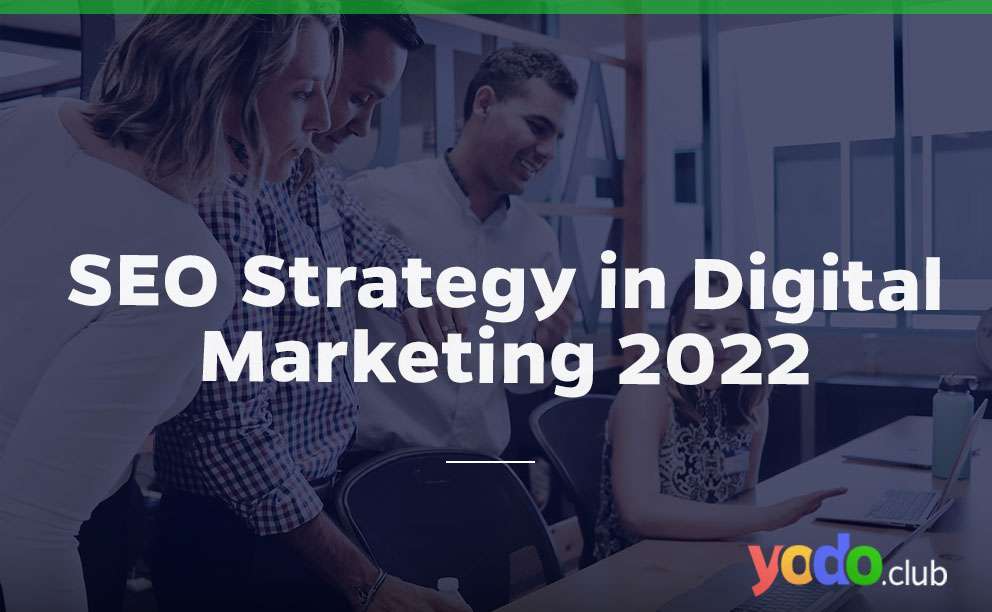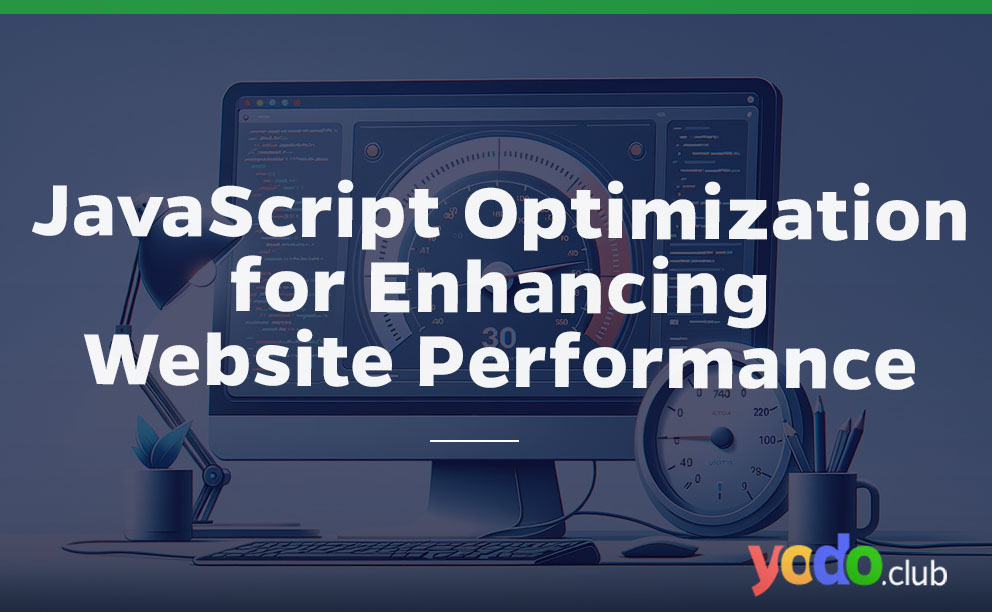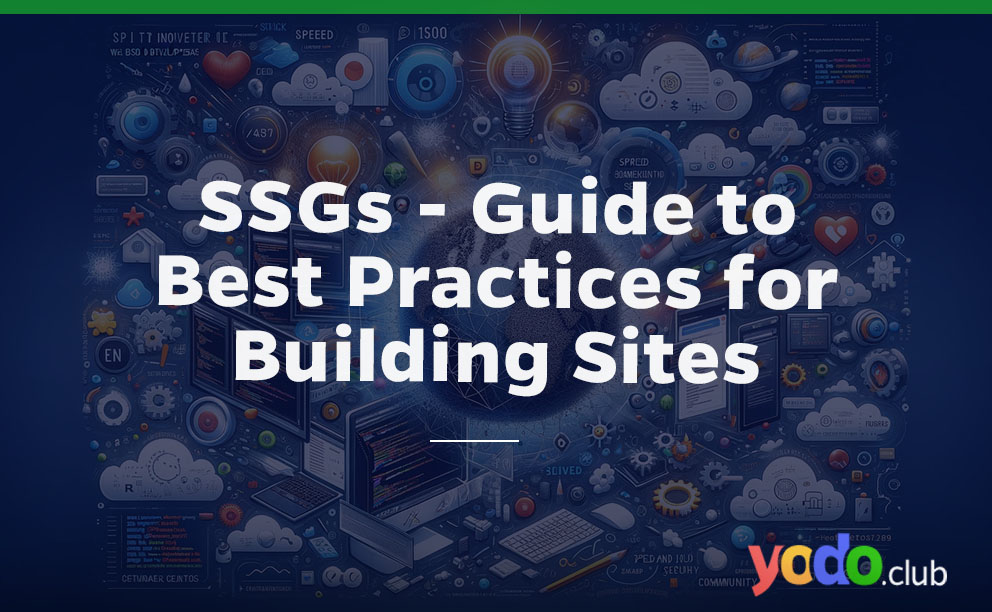An SEO strategy will help you get to the top of every page for keywords relevant to your business. It will help you get more customers. You will also get more valuable traffic to your site using the best SEO strategy.
Search Engine Optimization plays an influential role in digital marketing for bringing customers to your business via online platforms. Every digital marketing demands it, and digital marketers use these strategies for their business.
Table of Contents
How do You Make an SEO Strategy?
Neglect what you believe you understand about SEO and consider it a growing industry; as user behavior and search engine skills evolve, so do its methods.
Not only has digital marketing evolved, but so has your company’s business market and rivals.
So you can’t “fix it and forget it” when it comes to SEO. SEO is a long-term process that focuses on increasing organic search. If you want online traffic to your website without using paid advertising, you should prepare to use SEO best practices.
SEO Strategy in Digital Marketing
- Look for the target audience
- Look what audience searches
- Content is king
- Keyword search
- Optimize loading speed
- Mobile optimization
- Optimizing for voice search
- Do local SEO
- Link building is valuable
- Share on social media
- SEO analytics
1. Look for the Target Audience
Today’s SEO is about more than simply traffic. To attract people interested in what you have to provide.
Your target market? What are they looking for on it? How and where do they look for your company’s services? Where are they? What are they working with now?
Your SEO efforts will benefit from detailed responses to these questions. Google Analytics is a beautiful location to learn about your visitors’ sources and favorite pages.
A competition analysis is another technique to learn about your target market. How do (audience) sell and do it? What is their website’s language? Collect information from rivals to create your unique selling offer.

2. Look What Audience Searches
Users didn’t trust search engines to interpret conversational inquiries until recently. For example, they were looking for “flower delivery new york.” Now customers may type up “who delivers flowers near me?”
Your site’s keywords will be less valuable as searcher behaviors change. So, instead of concentrating on traffic-generating terms, learn your visitors’ search intent.
Explain why people seek your online services helps you to answer their demands better and enhance the likelihood of them engaging in activities on your web. Users who go to the other page, fill out a contact form, or phone you immediately on a mobile device benefit from your site’s rank.
For Google, the best-performing sites have more significant interaction than the competitors.
3. Content is King
Optimizing content is required to rank in results pages and educate potential customers.
Content helps to educate your audience. In addition, it may assist in positioning your firm as an expert while driving crucial web traffic.
To begin to create content, brainstorm subjects and ideas. Then, stay to industry-related themes and do keyword research, ensuring you get the correct site traffic.
Keyword research can assist you in discovering fresh themes. In addition, these keywords will help you create great content for the readers.
After choosing your themes, you’ll pick your content types. Videos, blogs, infographics, essays, and ebooks are all content, and to keep your material fresh and entertaining, utilize various forms.
After choosing your structure, write your content.
Start a Google search if you are uncertain about what to write about or where to begin. You may use Google to check what additional results show for the subject.
You may also look at the “people also ask” part to find related questions. So again, it’s an excellent approach to acquiring content ideas.

4. Keywords Search
The first thing that comes in your SEO marketing approach is keywords. Want to get found for company-related keywords? Target them in your site content, page names, meta descriptions, etc.
To maximize your SEO marketing efforts, target relevant long-tail keywords.
These include phrases like “best plumber in Harrisburg, PA.” In addition, long-tail keywords allow you to understand users’ search intent better.
A person searching for a “plumber” may be looking for a list of the top plumbers around, plumbing services, or even plumbing employment.
People who search for the “best plumber in Harrisburg, PA” clearly want to deal with a top plumber in the Harrisburg region.
Long-tail keywords link you with quality prospects most likely to become customers. For long-tail keywords, do keyword research. Uncover keywords that show relevancy to your site and clients.
Your long-tail keywords will be added to crucial locations on your site. This integration will help you rank for specific keywords. As a result, your site will show more relevant search results and get more interested prospects if you use long-tail keywords wisely. Include long-tail keyword research in your SEO plan checklist.

5. Optimize Loading Speed
Eighty-three percent of visitors want your site to load in three seconds or less, or they will go.
For SEO, website speed is an essential part. When consumers come to your website, they want speedy results. Users will turn back if it takes too long to load.
It will boost your site’s bounce rate. Fast-loading websites have a high bounce rate, which tells Google that your website is unrelated to the user’s search query.
To avoid this, you must speed up your site’s loading time.
Google PageSpeed Insights helps assess your site’s current loading speed. This tool checks your website’s speed on desktop and mobile. In addition, Google will advise ways to enhance your site’s load time if you need it.

6. Mobile Optimization
The mobile industry has grown in recent years, surpassing PCs.
The first step in creating a new website or revamping an old one is to ensure it runs effectively on all devices. It’s also critical to examine what material works well on each device.
A responsive design adapts the layout of a web page based on the device size. In contrast, an adaptive design employs media queries to update the page components according to the visitor’s device.
In any case, optimizing websites for mobile browsers is crucial for search engine rankings. So if you’re uncertain about your site’s mobile-friendliness, submit it to Google’s test.
7. Optimizing for Voice Search
Voice search is one of the latest ways consumers search for information, and optimizing for it is an essential part of any SEO business strategy.
Over a billion voice searches occur monthly. As a result, this search way is becoming more popular. However, you don’t want to lose out on leads who use these technologies to find your company.
How to optimize for voice search?
It’s essential to understand how consumers search vocally. Verbal users form their search queries differently.
Assume someone is looking for a pizza place. This user may search for “pizza near me” using a browser. For example, a spoken searcher might say, “Where can I get pizza near me?”
The most notable difference, in this case, is that verbal searches are asked as questions. People ask their voice search devices straight questions.
When optimizing for voice search, consider the queries consumers could ask to locate your company, goods, or services.
It would help if you also optimized for any slang your audience may use while searching verbally. Because people are communicating, they are more prone to utilize slang. Therefore, you should optimize for slang terms and phrases to target those who search locally.
These are just a few practices to optimize for verbal searchers. Adapting to voice search can help you reach more potential customers. It’s an intelligent SEO tactic to gain more searchers.
8. Do Local SEO
You should include local SEO in your SEO marketing approach.
Local consumers look you up on google. It allows your business to get local leads seeking you.
Why improve local searches?
When users do a local search, they see a popup with three options: the local SEO 3-pack. The local SEO 3-pack helps users select the best business for their requirements.
To feature in the local SEO 3-pack, you must first claim your Google Business Profile. Your Google Business Profile listing is the local page that allows you to access more local leads.
After claiming your Google Business Profile, complete it entirely. Completing your contact information, verifying your address, and uploading images of your goods and services will help you stand out from the competition.
Complete your profile to let your audience learn more about your company. Knowing more about your company helps your audience decide whether you meet their demands.
Local SEO is vital for generating quality local leads. Claiming and enhancing your Google Business Profile can help you improve your SEO marketing approach and attract more customers.
9. Link Building is Valuable
Search engines evaluate links from other websites as a sign of quality content. So, getting hundreds of connections from low-quality sites used to be enough to raise your rating.
The Google Penguin algorithm upgrade (announced in early 2012) was a significant milestone in SEO. Improper practices efforts to raise the amount of low-quality links back to a website began to be punished more severely.

10. Share on Social Media
While social networking sites are enjoyable, they are also helpful for companies seeking to engage with existing and future consumers.
Many people start searching on social media and end up on a business’s website after interacting with their content. Therefore, more people will visit your profile and website if you provide relevant material.

11. SEO Analysis
Analytics completes a good SEO strategy.
It’s critical to monitor the success of any campaign. You shouldn’t spend time, money, and effort on marketing unless you’re constantly improving it.
Analytics is a vital part of any SEO campaign. Your analysis will reveal crucial information about your SEO strategy and how to enhance it for better results.
You may view several metrics in your analytics to help you understand your campaign: count page visits, time on page, and more. As a result, you’ll better understand your campaign’s efficacy and customer interaction.
Knowing your campaign’s performance helps you modify it. You can see where your campaign needs to work, and analytics will assist you in improving your SEO marketing approach.

Wrap Up
A great SEO marketing plan will increase your company’s traffic, leads, and income.
Focus on research and implement the SEO strategy that can substantially affect digital marketing.






 & Passion.
& Passion.